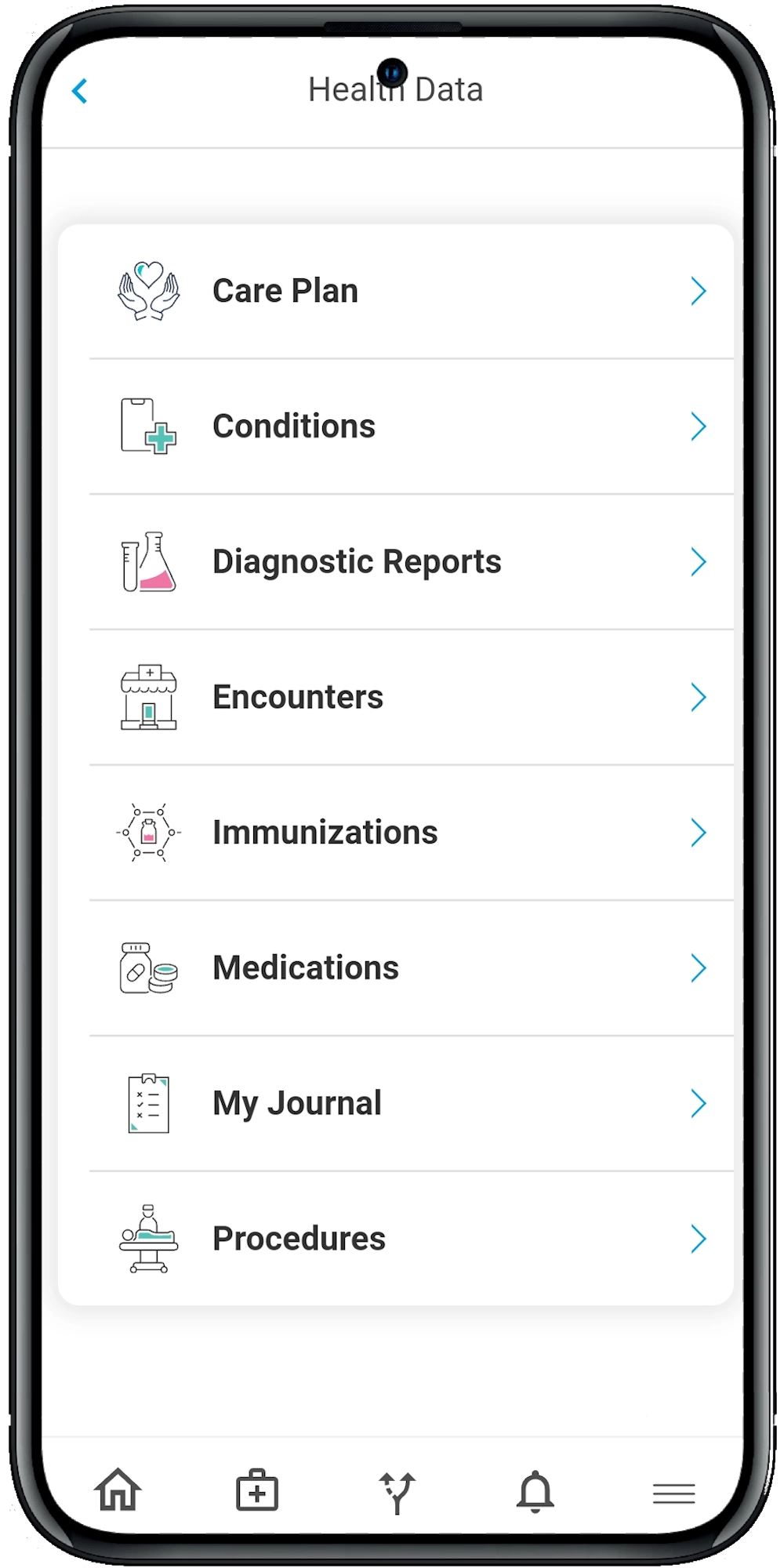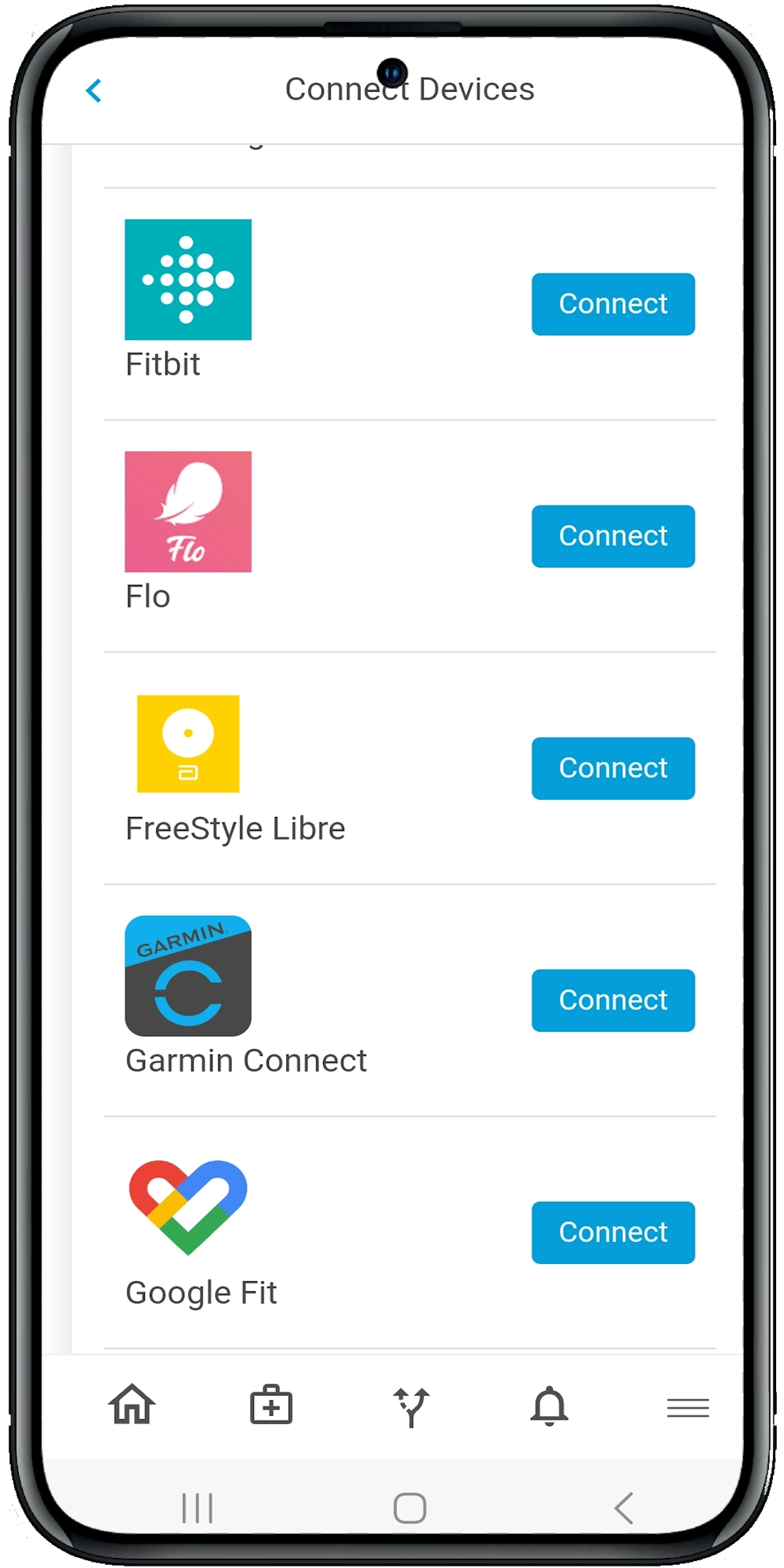How Wearable Technology is Changing Cancer Care
Real-Time Monitoring: A Lifeline for Patients
Imagine being able to monitor a patient’s vital signs in real-time without them having to leave the comfort of their home. Wearable devices make this possible. They can track:
- Heart rate
- Blood pressure
- Oxygen levels
- Activity levels
These metrics are crucial for cancer patients, who often experience fluctuations in their health status. Real-time data allows healthcare providers to intervene promptly, potentially preventing complications.
Personalized Treatment Plans
Every cancer patient is unique, and so should be their treatment plans. Wearable technology can collect data that helps tailor treatments to individual needs. For instance, a biosensor can monitor how a patient responds to chemotherapy, allowing for adjustments in dosage or frequency. This personalized approach not only enhances the effectiveness of treatment but also minimizes side effects.
Early Detection of Complications
Early detection can be the difference between life and death for cancer patients. Wearable devices can alert healthcare providers to potential issues before they become severe. For example, a sudden drop in oxygen levels could indicate a respiratory problem, prompting immediate medical attention. Early intervention can significantly improve patient outcomes.
Enhancing Patient Engagement
Wearable technology empowers patients to take an active role in their care. Many devices come with user-friendly apps that provide insights into their health metrics. When patients understand their data, they’re more likely to adhere to treatment plans and make healthier lifestyle choices. It’s like having a mini healthcare coach on your wrist.
Remote Patient Monitoring: Bridging the Gap
Remote patient monitoring (RPM) is a boon for cancer care, especially for patients living in rural or underserved areas. Wearable devices send data directly to healthcare providers, eliminating the need for frequent hospital visits. This not only saves time and resources but also reduces the risk of infections, which is particularly important for immunocompromised cancer patients.
Data-Driven Decision Making
The data collected from wearable devices isn’t just for immediate use; it can also inform long-term care strategies. Healthcare providers can analyze trends and patterns to make data-driven decisions. For example, if a patient consistently shows elevated heart rates during certain activities, it might indicate the need for lifestyle modifications or additional treatments.
Reducing Healthcare Costs
Cancer treatment is expensive, but wearable technology can help mitigate some of these costs. By enabling early detection and personalized treatment, these devices can reduce hospital admissions and emergency room visits. Moreover, remote monitoring can decrease the need for in-person consultations, saving both time and money.
Improving Quality of Life
Cancer treatment often comes with a host of side effects that can severely impact a patient’s quality of life. Wearable devices can help manage these side effects more effectively. For example, a device that monitors sleep patterns can provide insights into sleep disturbances, allowing for timely interventions. Improved symptom management leads to a better quality of life for patients.
Challenges and Considerations
While the benefits are substantial, there are challenges to consider. Data privacy is a significant concern. Healthcare providers must ensure that the data collected from wearable devices is secure and compliant with regulations like HIPAA. Additionally, not all patients may be comfortable using technology, requiring education and support to maximize the benefits.
The Future of Wearable Technology in Cancer Care
The future is bright for wearable technology in cancer care. Advances in artificial intelligence (AI) and machine learning are set to make these devices even more powerful. Imagine a wearable that not only monitors your health but also predicts potential complications before they occur. The integration of AI can make this a reality, further enhancing patient care.
Summary and Suggestions
Wearable technology is undeniably changing the landscape of cancer care. From real-time monitoring to personalized treatment plans, these devices offer numerous benefits that can improve patient outcomes and quality of life. As healthcare providers, embracing this technology can make a significant difference in how we care for our patients.
Curious to learn more? Check out other resources on our website or schedule a demo to explore our digital health platform and solutions.




